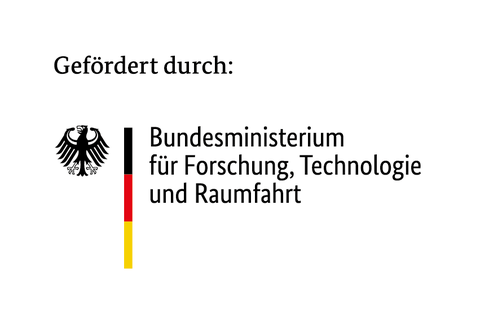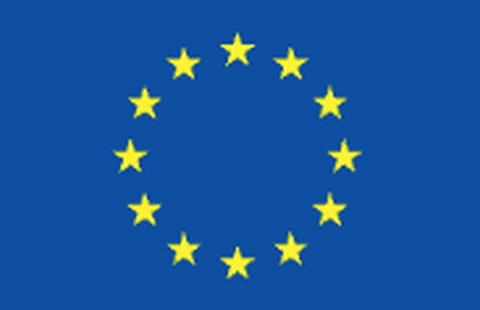ERANET-PLL: Integrative multi-omics data analysis and computer-based prediction of chemotherapy response
T-prolymphocytic leukaemia (T-PLL) is one of the mature non-Hodgkin lymphomas of the T-cell series. With a rate of two new cases per 1 million people, T-PLL is very rare, but nevertheless the most common T-cell leukaemia. Due to its rare occurrence, there has only been few T-PLL research so far. At present, there is no safely defined standard therapy for T-PLL. The most effective antibody treatment to date (alemtuzumab) leads to resistance after initial response, so that the mean survival of T-PLL patients is less than 20 months. Thus, new therapeutic approaches are urgently needed. In our subproject, we will analyse multi-omics data of T-PLL patients and connect these data to the response of different chemotherapeutic agents using statistical and bioinformatics methods to identify altered major signalling pathways and biomarkers associated with therapeutic success. The resulting data will then be used to develop a method to predict the effect of chemotherapeutic agents on T-PLL patients. This method should later contribute to testing of new therapeutic approaches in a clinical study and support haematologists in prescribing a suitable therapy. This project is carried out together with partners from Cologne, Vienna, and Lyon within the framework of the EU-funded ERA-NET program TRANSCAN-2.
further information: https://www.transcanfp7.eu/index.php/abstract/eranet-pll.html
Involved scientists
Publications
Coordinator
- Marco Herling, Klinik I für Innere Medizin, Universität zu Köln
Partner
- Richard Moriggl, Ludwig-Boltzmann-Institut für Krebsforschung und Veterinärmedizinische Universität Wien, Österreich
- Philipp Staber, Medizinscihe Universität Wien, Klinische Abteilung für Hämatoloigie und Homöstaseologie, Österreich
- Emmanuel Bachy, Centr hospitalier Lyon-Sud, Service d'hématologie clinique, Lyon, Frankreich
Funding
BMBF, Förderkennzeichen 01KT1906B
This project has received funding from the European Union’s Horizon 2020 research and innovation programme under grant agreement No 643638.


